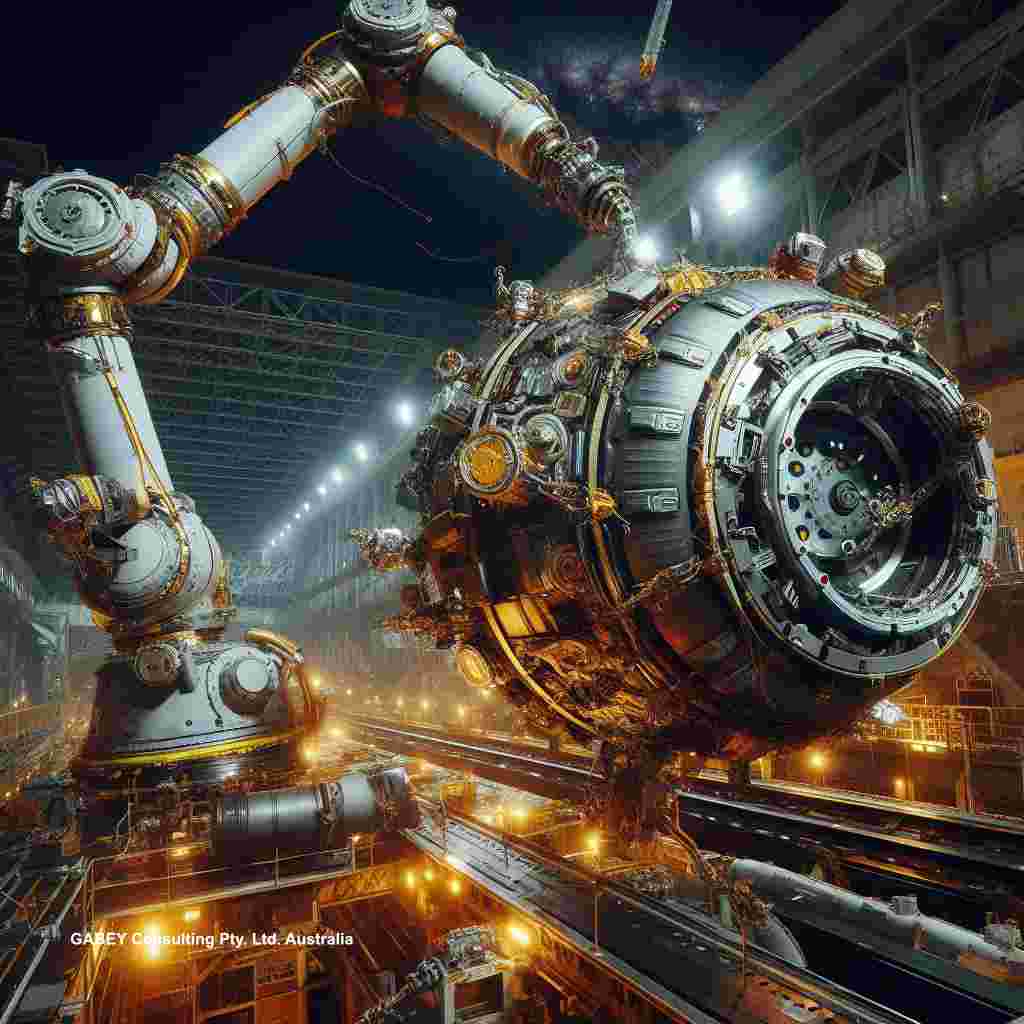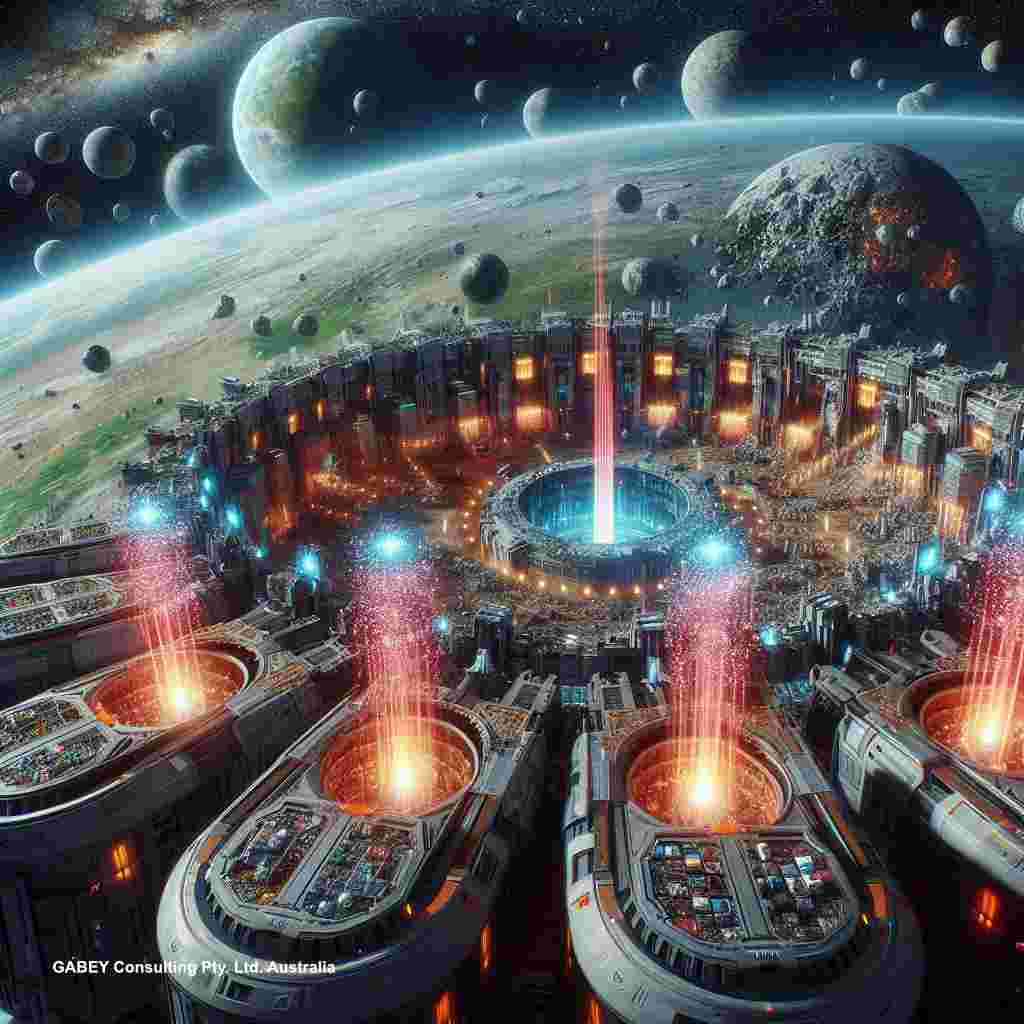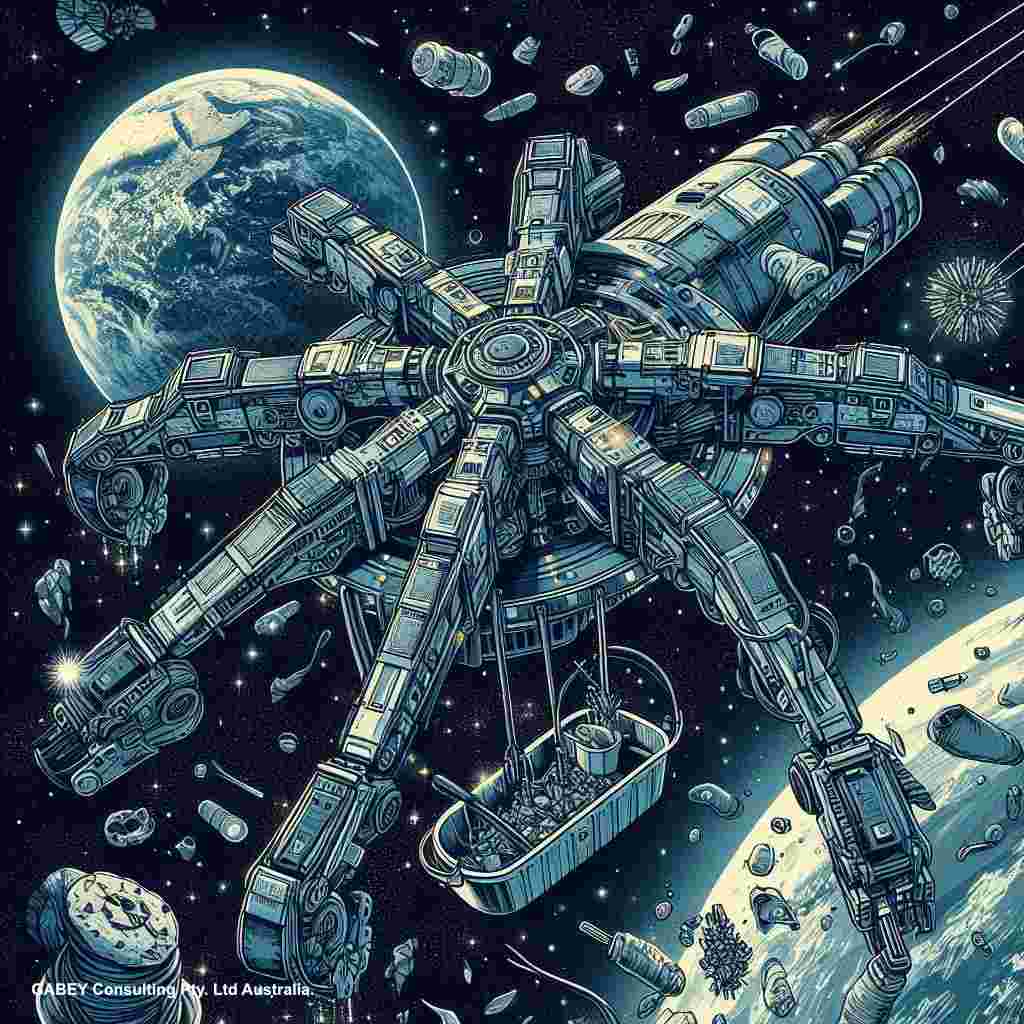Orbital trash, commonly called space garbage or space debris, encompasses any artificial objects in Earth's orbit that have lost their utility. This encompasses debris from spacecraft, decommissioned satellites, and other leftovers from space missions.
Traditionally, the majority of satellite launches consisted of a single, sizable satellite on a specialised launch vehicle. Occasionally, smaller satellites were included as secondary payloads and were either deployed independently to reach their designated orbit or were carried along with the primary payload to the final orbit. Tracking radars could easily distinguish between primary and secondary payloads by analysing their size and operational data.
Because of their tremendous speeds, debris can be dangerous to crew and uncrewed spacecraft. Even little fragments of debris might result in substantial harm in a collision.
NASA's Orbital Debris Programme Office's primary responsibility is to assess the conditions of the orbital environment and spearhead initiatives to minimise the risks faced by users of this space. In addition, they release the Orbital Debris Quarterly News, a publication that offers information on space traffic patterns, possible collisions, and advancements in modelling.
In November 2022, the US Space Surveillance Network documented 25,857 artificial objects in orbit around the Earth, with 5,465 active satellites. However, these are solely the objects of sufficient size to be monitored. By January 2019, the number of debris fragments orbiting the Earth was predicted to be about 128 million pieces smaller than 1 cm, approximately 900,000 between 1 and 10 cm, and over 34,000 pieces greater than 10 cm.
Continued endeavours are being made to discover methods to eliminate this debris and mitigate the hazards of space travel.
In the future, humanity may need to eliminate space debris before embarking on a deep space trip. To accomplish this, individuals can utilise a robotic appendage resembling the one illustrated in the image.

This robotic arm is employed to eliminate any barriers that impede the path of the flight. Nevertheless, disregarding or ignoring the issue will not lead to its resolution. Alternatively, humanity may need to establish a space-based debris recycling facility or transport all the debris to an uninhabited planet as a designated waste disposal site.


